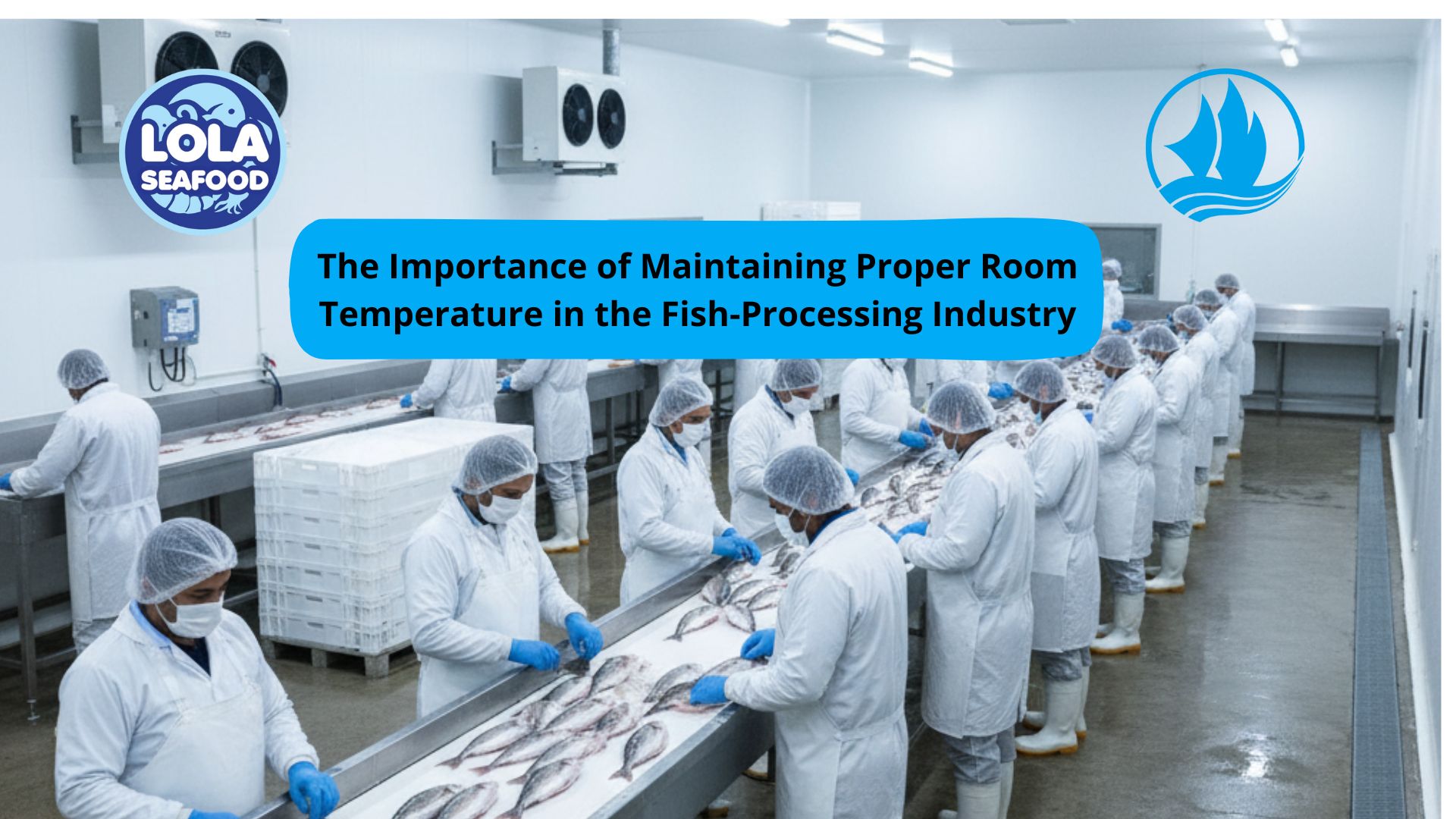Nutritional Differences Between Wild-Caught and Farm-Raised Fish
By. Ely Kusniawati - 25 Nov 2025.jpg)
kelolalut.com Fish is widely recognized as one of the healthiest sources of animal protein, offering essential nutrients such as omega-3 fatty acids, high-quality protein, vitamins, and minerals. As global demand for fish continues to increase, aquaculture, or fish farming, has become an important method of production alongside traditional wild capture fisheries. Although both wild-caught and farm-raised fish provide valuable nutrition, several differences exist in their nutrient composition due to variations in diet, environment, and production practices. Understanding these distinctions helps consumers make informed choices based on health, sustainability, and dietary preferences.
1. Differences in Diet and Their Nutritional Impact
One of the most significant factors influencing the nutritional profile of fish is diet. Wild fish consume a natural diet that includes algae, smaller fish, crustaceans, and other organisms found in their ecosystem. This diet is rich in natural sources of omega-3 fatty acids, which are essential for heart and brain health. As a result, many wild-caught fish tend to have higher levels of long-chain omega-3s such as EPA (eicosapentaenoic acid) and DHA (docosahexaenoic acid).
In contrast, farm-raised fish are typically fed controlled diets that may include grains, fishmeal, fish oil, and nutrient supplements. These formulated feeds aim to promote fast growth and maintain consistent quality. While some farmed species may still contain high levels of omega-3s—especially when their feed includes fish oil—others may have lower concentrations depending on the type of feed used. For example, farmed salmon is often rich in omega-3s because its feed is specifically designed to enhance fatty acid content. However, farmed tilapia or catfish may contain lower omega-3 levels and higher omega-6 fatty acids due to grain-based feeds.
2. Fat Content and Caloric Differences
Another key nutritional difference involves overall fat content. Wild fish typically have lower total fat due to higher physical activity levels in their natural habitat. They swim long distances, hunt for food, and constantly adapt to environmental conditions, leading to leaner flesh.
Farm-raised fish, however, often contain more total fat because they are less active and are fed high-energy diets to promote rapid growth. This increased fat content can lead to higher caloric values. For some species, such as salmon, farmed varieties may contain nearly twice as much fat as their wild counterparts. While this can increase omega-3 levels, it may also raise levels of other fats that are less beneficial, depending on the composition of the feed.
3. Protein Quality and Composition
Both wild-caught and farm-raised fish are excellent sources of high-quality protein, but the exact protein composition can vary. Wild fish often have slightly higher protein content due to their leaner bodies. Their muscles are more developed because of constant movement, contributing to firm texture and slightly higher protein density.
Farmed fish may have a bit lower protein concentration because of higher fat content, though the difference is usually modest. The amino acid profile of both wild and farmed fish remains similar, meaning both types provide essential amino acids necessary for muscle growth, immune function, and overall health.
4. Vitamins and Minerals
The vitamin and mineral content of fish can also differ depending on habitat and diet. Wild fish generally contain higher levels of certain micronutrients, such as:
- Iron
- Zinc
- Potassium
- Calcium
- Vitamin D
These variations result from their natural diet and exposure to varied marine environments. For example, wild salmon is often richer in vitamin D compared to farmed salmon.
Farmed fish, on the other hand, may have higher levels of some nutrients depending on added supplements in their feed. For example, they may contain higher vitamin A or certain B-vitamins if these are included in their formulated diets. However, the diversity of micronutrients in wild fish is often greater due to their natural food sources.
5. Contaminants and Food Safety Considerations
Nutritional differences are also linked to potential contaminants. Wild fish may accumulate heavy metals such as mercury depending on their environment, especially larger predatory species like tuna. However, wild fish generally have lower exposure to contaminants associated with overcrowded conditions.
Farm-raised fish may be exposed to different types of contaminants, including residues of antibiotics or pesticides used to control disease outbreaks in some aquaculture systems. Reputable farms follow strict regulations to minimize these risks, but the presence of contaminants can still vary based on location and management practices.
6. Sustainability and Consumer Choice
Beyond nutrition, many consumers consider sustainability. Wild fisheries can face overfishing pressures, while aquaculture, when responsibly managed, can provide a reliable and sustainable food source. Both systems have advantages and disadvantages, making it important for consumers to choose certified sustainable products when possible.
If youre interested in our Barramundi Whole Round / Whole Gilled Gutted Scaled , Barramundi Fillet Skinless , Barramundi Fillet Skin On and Barramundi Fillet Portion Cut, snapper please do not hesitate to contact us through email and/or Whatsapp


.jpg)

.jpg)


